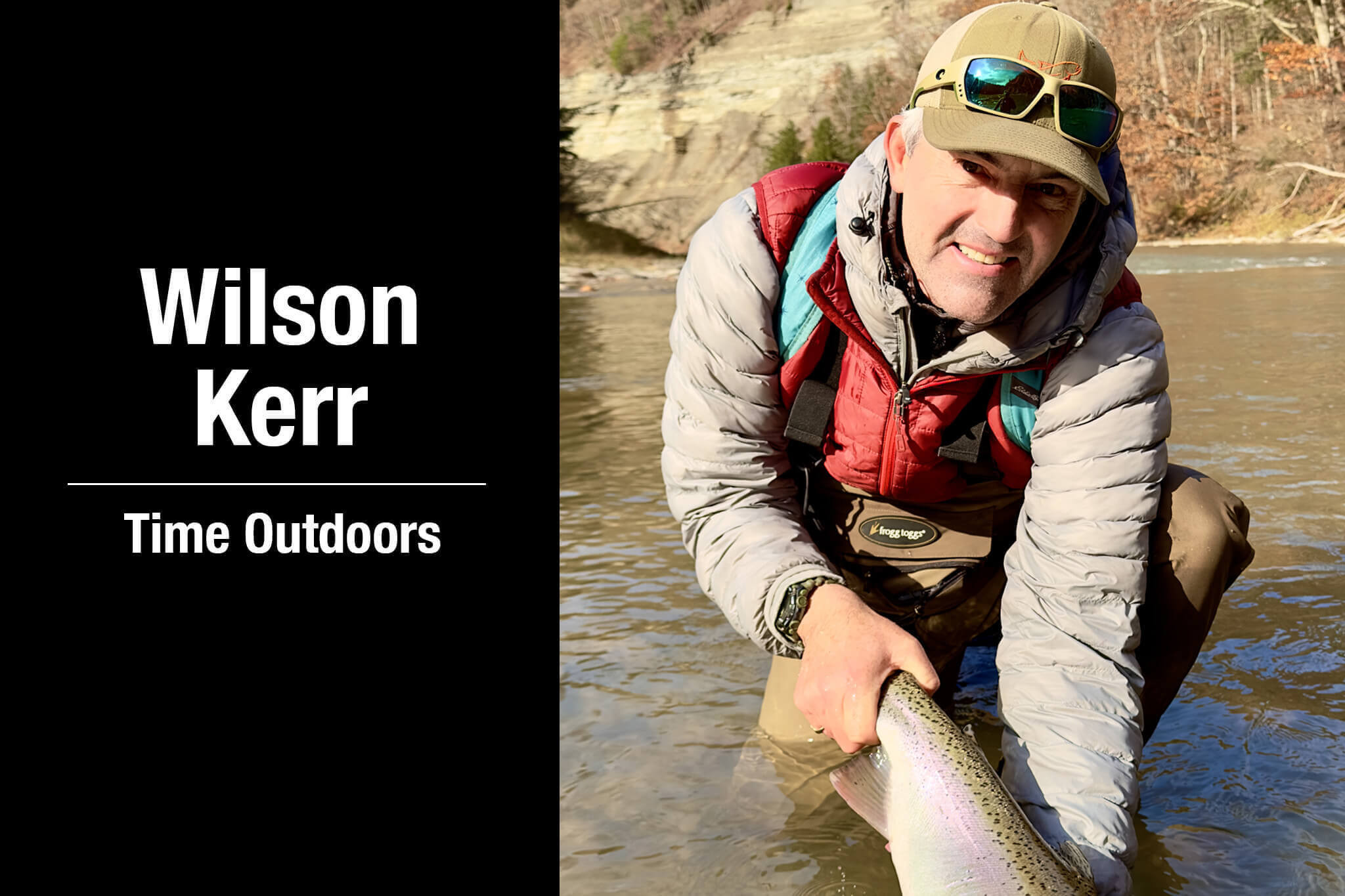By Wilson Kerr — Columnist
They could tell he was in distress. Flopping on the ground, maybe with a broken wing? Or perhaps he was tangled up with some kind of prey, struggling to subdue it? They suspected it was Óscar.

Janice had scolded Bob for the human name. As a wild animal, “Oscar” seemed too mundane to her, but it stuck.
Oscar was a beautiful, mature great horned owl that lived in the tall pine trees at the end of their West Concord cul-de-sac for years.
His deep hoots were a part of their lives, a reminder that a nocturnal hunter was about and that, even here in the suburbs, woods and wildness were close by. I imagine the sound reminded Bob of mornings long ago, at hunting camp deep in the woods of Maine.
Now in their eighties and after a lifetime of appreciating nature, they knew not to intervene. He’d likely fly off soon. But the next morning he was still there… now still.
Oh, no.
Gently, they eased the dead owl onto a shovel and carried him up to the house. Brokenhearted, they stood over him, unsure what to do. On the cold slab of the garage floor, he looked uninjured, with no marks to indicate his having been attacked. No broken wing.
Owls are considered spirit animals, steeped in myth. Beautiful and wild, even in death, his wingspan was over four feet and he was 23 inches tall. His partially open black talons were massive. And his eyes, now unseeing, were a brilliant yellow.
Determined to learn more, calls were made. Mass Audubon’s Jeff Collins lives in Concord and he gave us a colleague’s number. The cause of death was immediately suggested as rodenticide poisoning. In fact, so many owls and other raptors die this way in our area that they are not even tested. Bob and Janice had noticed pest control vans on their street recently.

“Secondary poisoning”
Second Generation Anticoagulant Rodenticides (SGARs) are routinely used by pest control services and cause lethal hemorrhaging in animals that eat poisoned baits. Ever notice those black plastic boxes near buildings? These toxins are effective, but they work slowly, and the dying rodents are easy prey for sharp-eyed owls and other raptors, who then succumb to “secondary poisoning.”
This is a massive and growing problem. Of 303 bald eagles found dead last year nationally, 82% had been sickened by rodenticide poisoning. In Connecticut, of 70 raptors found dead over three years, 85% tested positive for SGARs. Incredibly, 100% of Massachusetts red-tailed hawks tested positive for these rodenticides.
Many other animals suffer, including foxes and coyotes. And these poisons are ineffective long-term, since they kill the predators that provide natural pest control, meaning more rodents in the end.
Mass Audubon now has a program dedicated specifically to SGARs. Jeff told me it’s a priority issue. They have partnered with Belmont, Lexington, Waltham, and other towns and offer “Rescue Raptors” kits to educate people and try to change local ordinances. Ipswich just passed a SGAR ban.
Visit www.MassAudubon.org/RescueRaptors to learn more. Maybe someone will start an awareness campaign here in Concord?
At the very least, if you use a service, please consider asking if they employ rodenticides that poison our owls, raptors, and other animals.
Oscar’s sad demise has left a hole in the lives of Bob and Janice, a pain made sharper because it did not need to happen. I could hear it in their voices.
Until next month, I’ll be hoping that another owl moves into Oscar’s territory so Bob and Janice can once again hear the call of the wild when they spend… Time Outdoors.
_________________
Wilson Kerr lives in Concord and is an avid outdoorsman and amateur naturalist. This monthly column is written to help grow awareness of the wonders of nature. In this increasingly fast-paced and technology-packed world, it is important to stop and take in the beauty of our area and the animals that inhabit it. The author hopes this column will be read by families and used as a teaching tool and that you will spend more… Time Outdoors.




